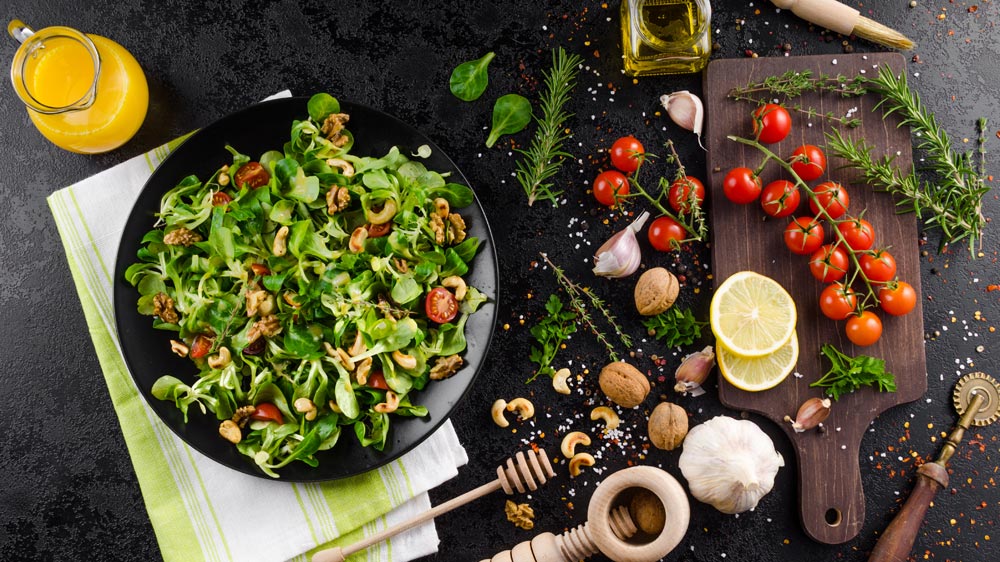
People across the globe are opting for healthy options more than ever. As such, this wave of ‘clean’ eating habits has taken the food industry by storm. And entrepreneurs, but naturally, are looking to be a part of this significant change, coming up with innovative ideas to bolster this trend. In a country where people are consuming more than 42,000 tons of pesticides in a year, that also includes the ones which are banned in other countries, this change might turn the face of agriculture in India in the coming years. In this scenario, various startups have come on board to provide microgreens to restaurants, hotels, chefs and customers.
A study by the University of Maryland College of Agriculture and Natural Resources (AGNR) and the United States Department of Agriculture (USDA) reports that microgreens are 40 times more nutritious than the mature counterparts. Microgreens are basically 10-12 days’ old young plants, which are rich in vitamins, antioxidants and minerals. Not only the demand for them is rising but it is also creating B2B opportunities for entrepreneurs and farmers in the country. It has paved the way for startups like Blooming Greens, Urban Green Fate (UGF) and Living Food Co. to find a ‘healthy’ response to selling microgreens in urban regions.
Pioneering a Movement
For example, Living Food Co. sells 22 different types of microgreens and offers a subscription plan through which a person can get one box of microgreens for Rs 596 per month delivered every week with roots intact. It includes the Indian varieties of microgreens like green mustard, pink radish, peas, yellow corn and clover. The company claims to be using premium USDA-approved non-GMO seeds with no fertilisers and pesticides while being 100% free of chemicals. Restaurant India had earlier reported about Farm2Fam, which was the first to grow microgreens with insulation technology in Mumbai.
Farm2Fam has collaborations with clients like Four Seasons, ITC, Illuminati, Taj Lands’ End, celebrity chef Vicky Ratnani, health coach Luke Coutinho, nutritionist Pooja Makhija, and others. Further, there are many chefs who have started to grow their own microgreens but if they require a large quantity then they prefer to go to the farms that grow and sell them. Om Nayak, chef and co-founder at The Pasta Bowl Company, says, “Since backyards are not able to produce enough quantities, tie-ups with commercial hydroponic farms work best for us.” On the flip side, although microgreens are colourful and help in adding profound flavours to the food, Nayak says, “The food costing turns out to be marginally higher than the regular.”
Meanwhile, Chef Vanshika Bhatia states, “Earlier, microgreens were used only as garnishing ingredients but now people are aware of the concept and their benefits of health and flavour. They have now started using microgreens in different ways as in spa water and for making pesto sauce.” She too agrees that microgreens are a bit expensive and due to this she prefers growing micro greens on our own. Chef Neha Singh, co founder of Cicchetti by Mr Beans echoes the same concern. “Microgreens add quite a bit to the costing but sometimes little things add so much more to the dishes. We prefer seasonal greens like mustard, sunflower and beet root. They are perfect for delicate and progressive plating technique; we not only use them for adding to the visual attributes of a plate but also to highlight the texture of a dish,” she says.
Copyright © 2009 - 2024 Restaurant India.









